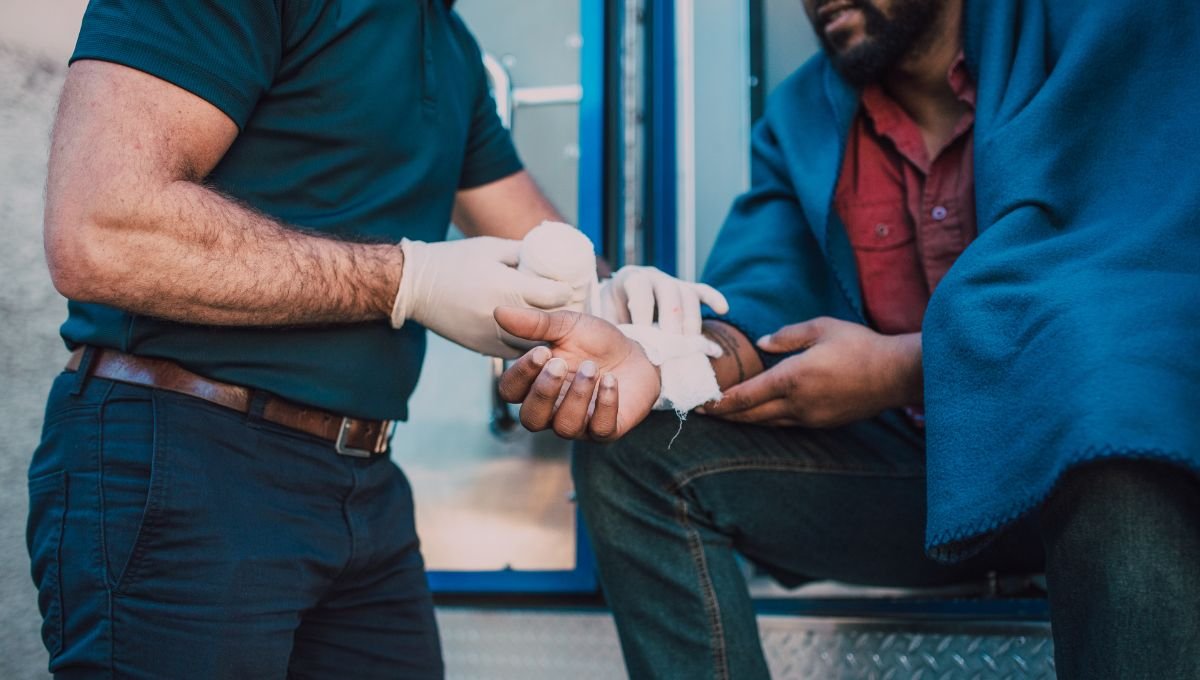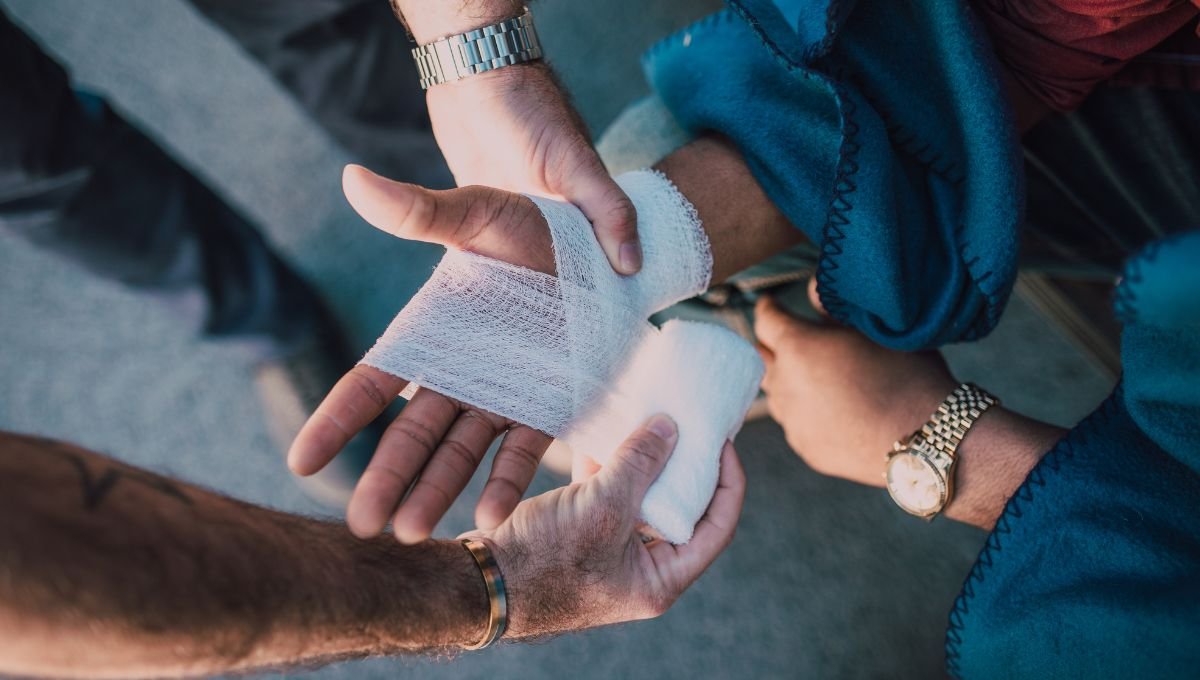Contents
- 1 What are the Basic Principles of Personal Injury? Unveiling the Fundamentals and Exploring the Basics of Personal Injury Law
What are the Basic Principles of Personal Injury? Unveiling the Fundamentals and Exploring the Basics of Personal Injury Law
Short Intro:
Understanding the basic principles of personal injury regulation is essential for anyone exploring possible fights in court after a mishap. This area of regulation is intended to give monetary compensation to people who have endured hurt because of another person’s carelessness or purposeful unfortunate behavior. With the ascent in personal injury cases, especially in the computerized and mechanized innovation areas, remaining informed is a higher priority than at any time in recent memory.

Prologue to Personal Injury Regulation
Personal injury regulation envelops legitimate safeguards and cures engaged with common claims brought by unjust leads. These regulations offer a lawful road for harmed people to be repaid monetarily after experiencing harm from another party’s activities.
The development of personal injury claims about innovative progressions and expanding vehicle mechanization has brought new difficulties and lawful contemplations. As per a new report, claims connected with tech devices and mechanized vehicles have seen a 20% increment over the most recent two years alone.
Key Principles of Personal Injury Regulation
Obligation of Care
The idea of obligation of care is a foundation in personal injury regulation. It alludes to the obligation one holds to try not to truly hurt another. Laying out this obligation is the most vital phase in demonstrating a personal injury guarantee.
Break of Obligation
When an obligation of care has been laid out, the next stage is to exhibit that there was a breach of this obligation. This happens when one neglects to practice sensible care to try not to hurt others.

Laying out Causation
How Causation Connects with Responsibility
For a personal injury guarantee to find success, it isn’t sufficient to show that the respondent had an obligation and penetrated it. The offended party should likewise exhibit that this break caused their injury. This is known as causation.
Demonstrating Causation
Demonstrating causation can be complicated. It requires showing that the respondent’s activities (or scarcity in that department) were a significant factor in causing the injury. This often includes a master declaration and definite proof investigation.
Sorts of Harms in Personal Injury
Compensatory Harms
Compensatory harms are expected to make the harmed offended party “entirety” once more, taking care of costs like doctor’s visit expenses, lost wages, and agony and languishing.
Corrective Harms
In instances of gross carelessness or purposeful mischief, corrective harm might be granted. These are expected to rebuff the respondent and stop comparable leads from now on.

Personal Injury Guarantee Interaction
Stage 1: Counseling with a Lawyer
The most important phase in seeking a personal injury guarantee is to talk with a certified lawyer who can assess the benefits of your case.
Stage 2: Documenting a Case
On the off chance that you choose to continue, your lawyer will document a case for your sake, framing the harm you are looking for.
Keeping away from Traps in Personal Injury Cases
Know about Legal time limit
Something critical to know about is the legal time limit, which changes by state yet by and large restricts the time you need to document a case.
Gathering Adequate Proof
It is likewise crucial to gather extensive proof to support your case. This incorporates clinical records, witness explanations, and some other documentation connected with the occurrence and your wounds.

Exploring Through a Personal Injury Case
Exploring a personal injury case requires careful, legitimate technique and adherence to procedural standards. Guaranteeing exhaustive documentation and utilizing master lawful direction can essentially influence the result of your case. Personal injury regulation means to reestablish people to their past condition, however much as could be expected, through monetary pay. Understanding these essential precepts is the most important move toward accomplishing a fair goal.
As personal injury regulation keeps on developing with innovative progressions, remaining educated and prepared is vital to effectively overseeing and settling personal injury debates. Whether you are currently engaged in a personal injury case or trying to instruct yourself about the interaction, it is fundamental to figure out these basics.

End and Last Considerations
The domain of personal injury regulation fills in as a basic structure for equity, offering help and pay to those violated by others’ carelessness or conscious activities. As we have investigated, understanding the key principles like obligation of care, breach of obligation, and causation is indispensable. These fundamental components assist casualties and their families with exploring the often mind-boggling way toward fair pay.
Furthermore, monitoring the sorts of harms and the significance of convenient activity because of legal time limits couldn’t possibly be more significant. Legitimate readiness and information can emphatically impact the progress of a personal injury guarantee. It is fundamental for people to arm themselves with the right data and look for professional direction when required.
For anybody confronting the consequences of an injury, remember that you don’t need to explore this excursion alone. Talking with a carefully prepared personal injury lawyer can furnish you with the fundamental instruments and backing to seek after the equity and remuneration you merit. Make that stride today; your freedoms and recuperation might rely upon it.

(FAQs) for the point “What are the Basic Principles of Personal Injury? Uncovering the Essentials and Investigating the Basics of Personal Injury Regulation”:
What is personal injury regulation?
Personal injury regulation alludes to the legitimate cures and guards engaged in common claims brought because of unfair direct. It plans to give remuneration to the people who have endured hurt because of another person’s carelessness or purposeful activities.
What does ‘responsibility of care’ mean in personal injury cases?
The obligation of care is a legitimate commitment that expects people to practice sensible care towards others. With regards to personal injury, it alludes to the obligation one has to try not to truly hurt others, whether through direct activity or carelessness.
How is ‘break of obligation’ laid out in a personal injury guarantee?
A breach of obligation happens when an individual neglects to fulfill the guidelines of care that are normal in a given circumstance, causing damage or injury to another individual. Demonstrating this break is fundamental for a fruitful personal injury guarantee.

What should be demonstrated in a personal injury case?
In personal injury regulation, the offended party should demonstrate that the litigant had an obligation of care, penetrated that obligation, and that the break straightforwardly caused their wounds. Moreover, they should exhibit that they have endured harm because of these wounds.
What kinds of harm can be recovered in personal injury claims?
Two primary kinds of harm can be recuperated: compensatory and reformatory. Compensatory harms intend to repay the harmed party for costs connected with their wounds, like hospital expenses and lost compensation. Correctional harm is expected to rebuff the respondent for an especially unsafe way of behaving and deflect future unfortunate behavior.
What is the legal time limit for personal injury cases?
The legal time limit is as far as possible within which you should document a claim after an injury. This period shifts by state and by the sort of mischief caused. It’s urgent to comprehend the particular period pertinent to your state to guarantee that your legitimate freedoms are protected.
How might one pick a personal injury lawyer?
Picking a personal injury lawyer ought to be founded on factors like insight, mastery in the pertinent area of regulation, the lawyer’s history of progress in comparative cases, and your comfort level with their correspondence style. It’s often prudent to talk with a few lawyers before making a choice.
These FAQs cover the fundamental parts of personal injury regulation, giving an introduction to understanding how to explore these often perplexing legal waters.








